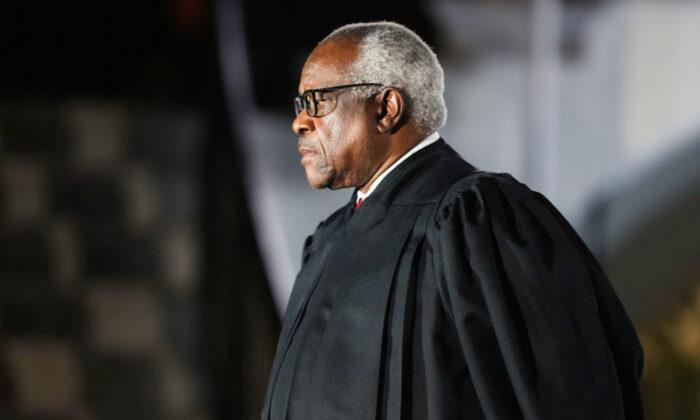Whenever the interest rate spread between the long 10-year T-Bond and the short 90-day T-Bill has turned negative, it has invariably been followed by a recession. Yet, in spite of the fact that the interest rate spread has been negative for 18 months—the longest in history—there’s been no recession. What happened?
Many would answer this question by asserting that things are different now and that structural shifts in the economy mean that interest rates don’t matter much anymore. In a recent article in the Wall Street Journal, for example, Andy Kessler concluded, “Higher interest rates may matter but for an increasingly smaller portion of our economy.”
One, however, doesn’t have to turn to structural changes in the economy to explain why the economy has continued to grow recession free for two years in the face of a negative interest rate spread and 11 increases in the federal funds rate. A more likely reason to explain this apparent anomaly is old-fashioned Keynesian fiscal stimulus, namely historically high federal deficits.
While it may be argued that these deficits were necessary to provide the kind of aggressive fiscal stimuli needed to fight the COVID-19 recession, that’s not the case in 2022 and 2023, where the fight isn’t about a recession but about inflation. That kind of fight doesn’t call for fiscal stimulus. Quite the contrary—even John Maynard Keynes would agree—it calls for fiscal contraction. Yet, the federal deficit reached $1.4 trillion in 2022 and $1.7 trillion in 2023. As a share of GDP, these deficits were 5.3 percent in 2022 and 6.2 percent in 2023.
Consider the impact of these deficits. In 2022, nominal GDP grew by 9.1 percent while the GDP price deflator increased by 7.1 percent. As a result, real GDP after adjusting for inflation, increased by 2 percent. But that same year, the deficit as a share of GDP was 5.3 percent. As noted above, the average deficit between 1947 and 2019 was 2 percent. That means the added fiscal stimulus over-and-above the 2 percent norm was 3.3 percent. Even without considering any multiplier, the government stimulated the economy by an extra 3.3 percent. Without that fiscal push, it would have declined by 1.3 percent rather than growing at 3.3 percent. That sounds to us like a recession.
These findings show that the normally negative impact of high interest rates has been more than offset by historically high federal deficits. The short-run stimulative effects of those deficits may prove beneficial for a second term of Joe Biden’s presidency. But while deficits pack a punch in the short run, they spell stagflation and higher debt loads in the long run. Keynes might argue, “In the long run we are all dead.” But the long run, in the current case, isn’t that long. Already in 2024, the economy is beginning to experience withdrawal effects from excessive stimulation.
In spite of a deficit this fiscal year that may run as high as $2 trillion, real GDP grew only 1.6 percent in the first quarter on an annualized basis. That’s the weakest growth since 2022. In spite of Fed efforts, inflation is picking up steam. As a result, the Fed has postponed cuts in the federal funds rate. Funding escalating deficits requires the issuance of huge amounts of new treasury debt. As a result, long-term rates are increasing again. Mortgage rates are back above 7 percent, pushing the residential housing sector into recession. Higher long rates are leading to huge writedowns of commercial real estate debt placing the balance sheets of many mid-sized banks in jeopardy.
Perhaps most worrisome is that massive deficits come at the expense of private investment. Maybe that tradeoff explains why business investment grew at a paltry 2.1 percent in the first quarter and that private investment in equipment declined in four quarters over the past two years.
So, while fiscal stimulus has masked recessionary forces, that mask seems to be coming off. Perhaps that explains why, in spite of continuing reports about a strong economy, people feel kind of crummy.







